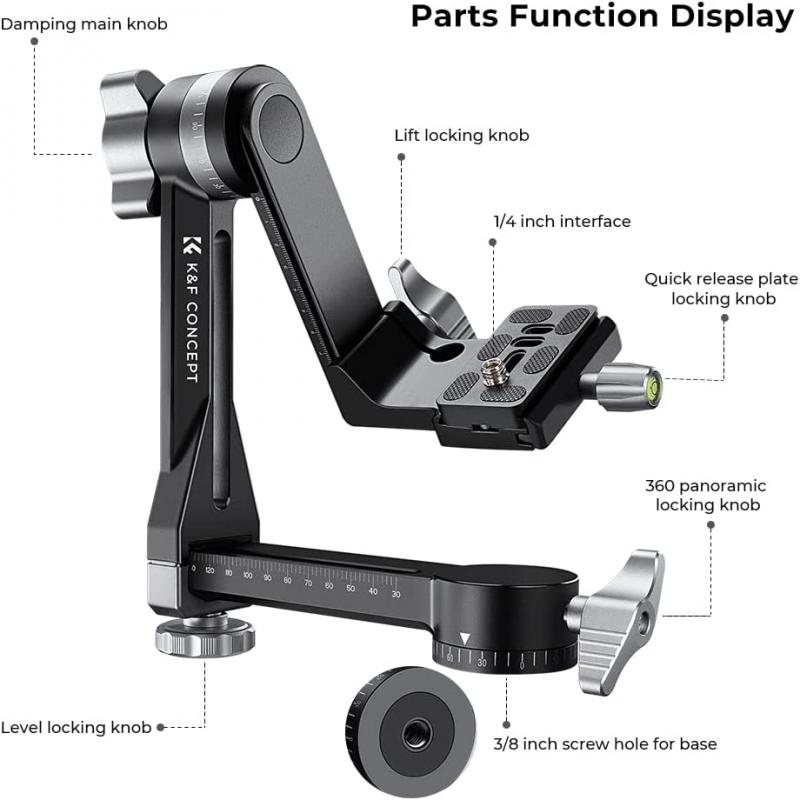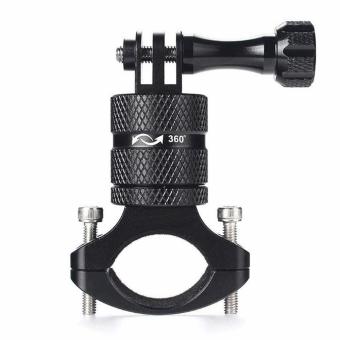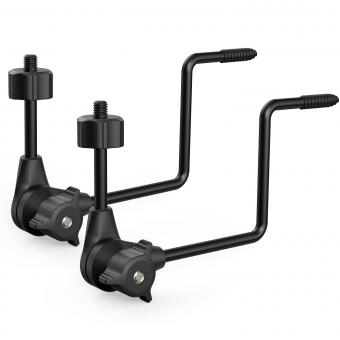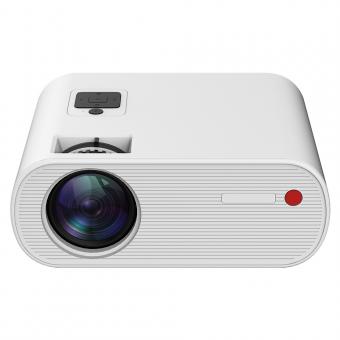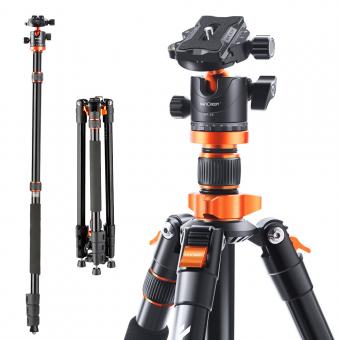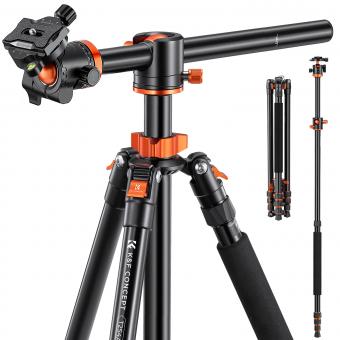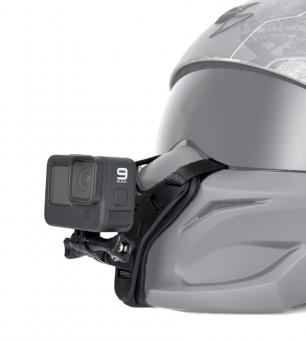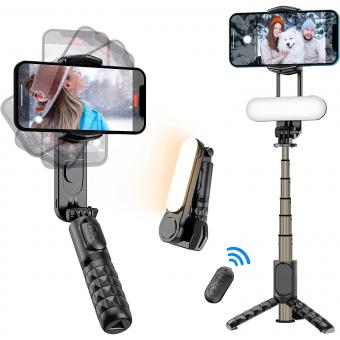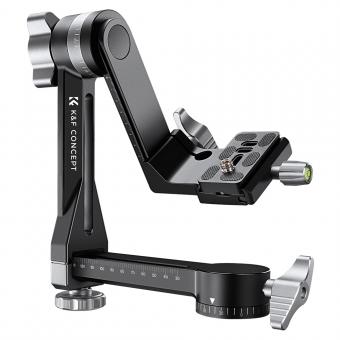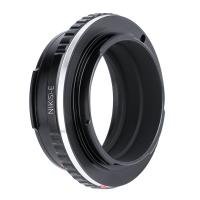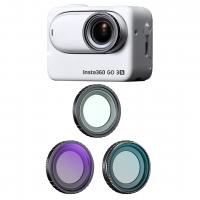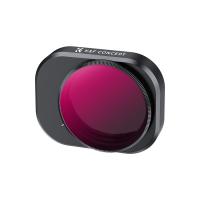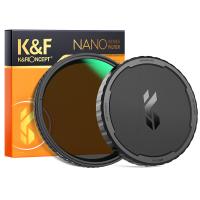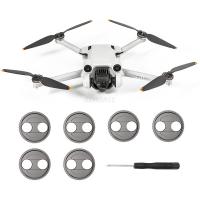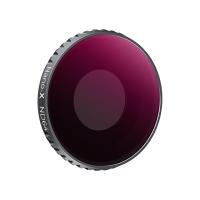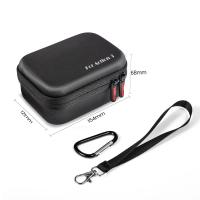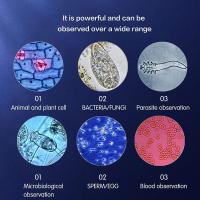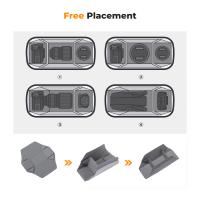How Do 360 Cameras Work ?
360 cameras work by using multiple lenses or image sensors to capture a full 360-degree view of the surroundings. These cameras typically have two or more lenses placed strategically to capture images from different angles simultaneously. The captured images are then stitched together using specialized software to create a seamless panoramic or spherical image or video.
Each lens or image sensor captures a portion of the scene, and the camera's software combines these individual images to create a complete 360-degree view. Some 360 cameras also use advanced algorithms to remove any visible seams or distortions in the final image or video.
These cameras may also have additional features such as built-in stabilization, different shooting modes, and the ability to live stream or share content directly to social media platforms. Overall, 360 cameras provide an immersive and interactive way to capture and experience a full 360-degree perspective of the world.
1、 Optical Design: Wide-angle lenses capture a 360-degree field of view.
360 cameras work by utilizing multiple lenses and sensors to capture a complete 360-degree field of view. The optical design of these cameras is crucial in achieving this immersive experience. Wide-angle lenses are used to capture a wide field of view, allowing the camera to see in all directions.
The lenses in a 360 camera are strategically placed to cover the entire spherical space around the camera. Each lens captures a portion of the scene, and the images from all the lenses are then stitched together to create a seamless 360-degree image or video. This stitching process involves aligning the different perspectives and blending them together to create a cohesive panoramic view.
In addition to the optical design, 360 cameras also rely on advanced image processing algorithms to enhance the final output. These algorithms help to correct any distortions caused by the wide-angle lenses and ensure that the final image or video appears natural and immersive.
The latest advancements in 360 camera technology have seen improvements in image quality, resolution, and stabilization. Higher resolution sensors and lenses allow for sharper and more detailed images, while advanced stabilization algorithms help to reduce camera shake and ensure smoother footage.
Furthermore, some 360 cameras now offer features like live streaming, spatial audio, and even 3D capabilities, adding more depth and interactivity to the immersive experience.
Overall, the optical design, image processing, and technological advancements in 360 cameras work together to capture and deliver a complete 360-degree view, allowing users to explore and relive moments in a truly immersive way.
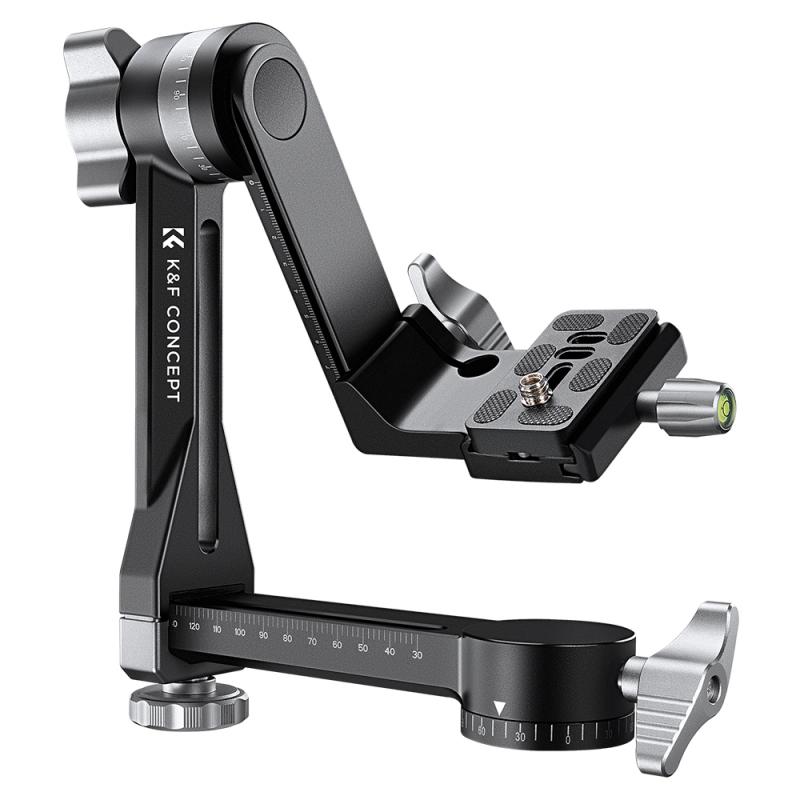
2、 Image Stitching: Software combines multiple images to create a seamless panorama.
360 cameras work by capturing images from multiple lenses or sensors and then using software to stitch these images together to create a seamless panoramic view. These cameras typically have two or more lenses placed strategically to capture a wide field of view. Each lens captures a portion of the scene, and the images are then combined using image stitching software.
The process of image stitching involves aligning and blending the overlapping areas of the captured images. The software analyzes the images and identifies common features or points of reference to align them accurately. It then blends the images together to create a smooth transition between each frame, resulting in a seamless panoramic image.
The latest advancements in 360 cameras have seen improvements in both hardware and software. Some cameras now feature more lenses or sensors, allowing for higher resolution and better image quality. Additionally, the software algorithms have become more sophisticated, enabling faster and more accurate image stitching.
Furthermore, some 360 cameras now offer real-time stitching capabilities, allowing users to preview the panoramic image immediately after capturing it. This feature provides instant feedback and allows for adjustments to be made on the spot.
Overall, 360 cameras have revolutionized the way we capture and experience images. They offer a unique perspective, allowing viewers to immerse themselves in a scene and explore it from different angles. With ongoing advancements in technology, we can expect even more exciting developments in the field of 360 cameras in the future.
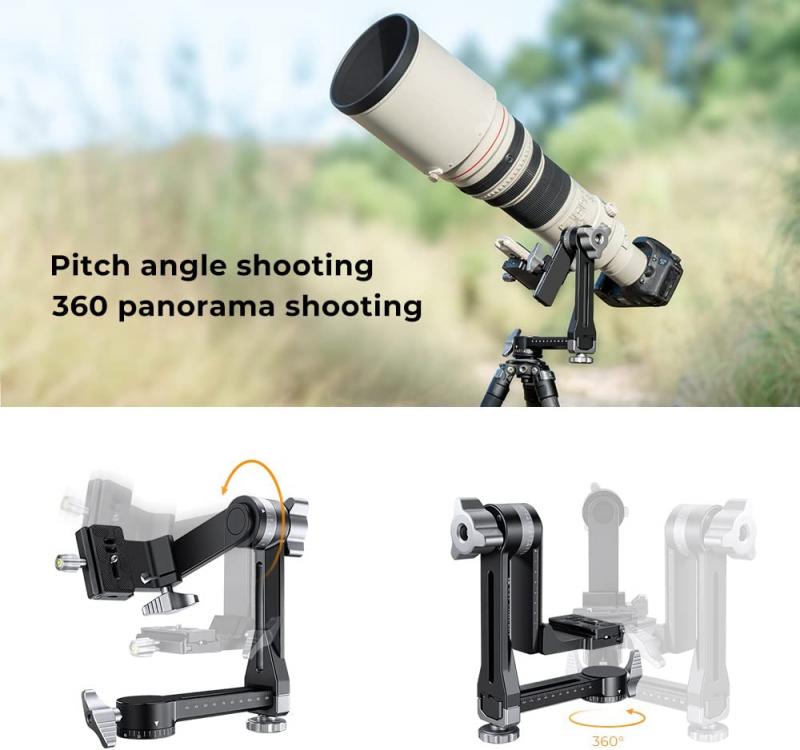
3、 Sensor Technology: High-resolution sensors capture detailed images from all angles.
360 cameras work by utilizing sensor technology to capture high-resolution images from all angles. These cameras are equipped with multiple lenses that capture images simultaneously, allowing for a complete 360-degree view of the surroundings.
The sensors in 360 cameras are typically high-resolution and capture detailed images from each lens. These images are then stitched together using specialized software to create a seamless panoramic image or video. The stitching process involves aligning the images and blending them together to create a cohesive 360-degree view.
The latest advancements in 360 camera technology have seen improvements in sensor resolution, resulting in higher quality images and videos. Additionally, some cameras now feature advanced image stabilization technology, which helps reduce shakiness and distortion in the final output.
Furthermore, the latest 360 cameras often come with built-in Wi-Fi or Bluetooth connectivity, allowing users to easily transfer and share their captured content. Some cameras even offer live streaming capabilities, enabling users to broadcast their 360-degree videos in real-time.
Overall, 360 cameras have revolutionized the way we capture and experience images and videos. They provide a unique perspective that immerses viewers in a fully interactive and immersive environment. With ongoing advancements in sensor technology and software, we can expect even more impressive features and capabilities from future generations of 360 cameras.

4、 Data Processing: Algorithms process and align images for a cohesive 360-degree view.
How do 360 cameras work? 360 cameras are designed to capture a complete 360-degree view of the surroundings. They achieve this by using multiple lenses or a single wide-angle lens along with advanced data processing algorithms.
The lenses of a 360 camera are strategically placed to capture images from different angles simultaneously. These lenses capture images or videos in all directions, including the front, back, sides, and even above and below the camera. The captured images are then stitched together using data processing algorithms to create a cohesive 360-degree view.
Data processing plays a crucial role in the functioning of 360 cameras. Algorithms process and align the images captured by the multiple lenses to ensure a seamless transition between different angles. These algorithms analyze the images, identify common points, and align them to create a continuous panoramic view.
The latest advancements in 360 cameras have introduced features like real-time stitching, which allows users to view the stitched 360-degree image or video immediately after capturing it. This eliminates the need for post-processing and speeds up the workflow.
Additionally, some 360 cameras also incorporate advanced stabilization algorithms to reduce shakiness and ensure smooth footage. These algorithms analyze the motion data from the camera's sensors and apply corrections to compensate for any movement.
Overall, 360 cameras combine the use of multiple lenses or wide-angle lenses with sophisticated data processing algorithms to capture and stitch together images from all directions, providing users with an immersive 360-degree view of their surroundings.
